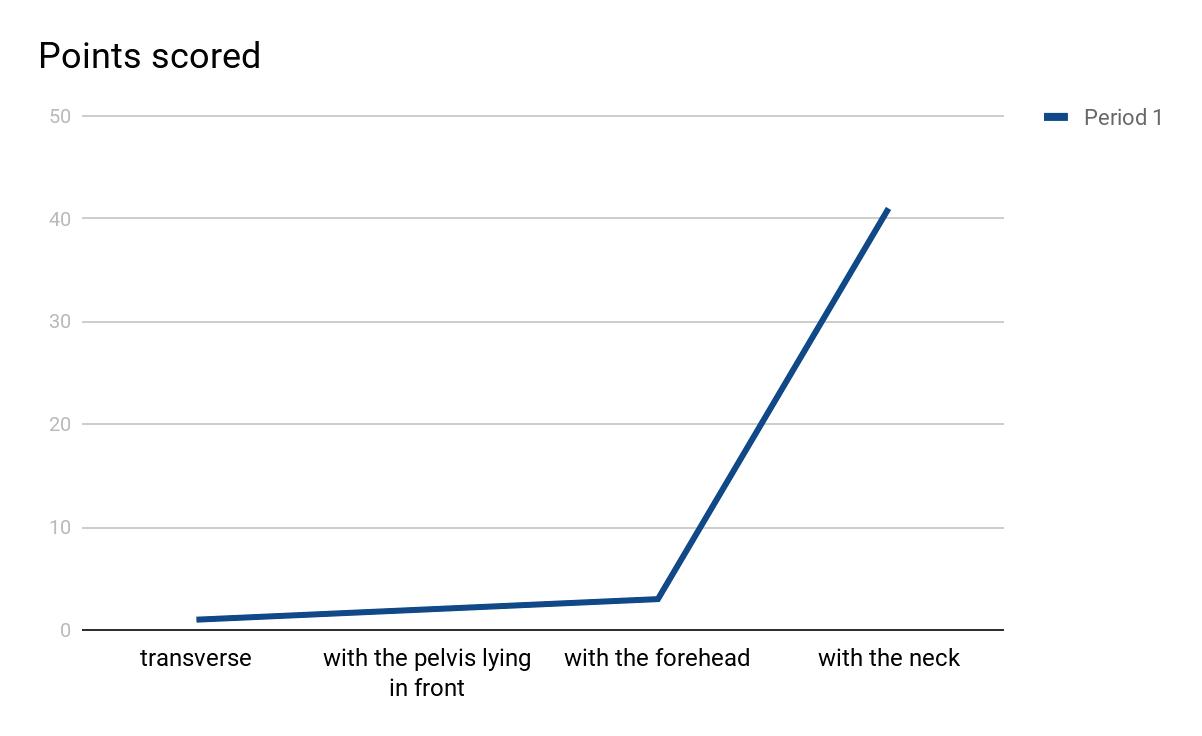
3 minute read
thromboembolism in pregnant women with varicose disease
from moluch_318_ch1
by baranovmir2
МЕДИЦИНА
Optimization of methods of treatment of migratory thromboembolism in pregnant women with varicose disease
Advertisement
Abralova Khulkar Akhtam qizi, graduate student Scientifi c adviser: Rabbimova Gulnora Toshtemirovna, PhD, assistant Samarkand State Medical Institute (Uzbekistan)
The relevance of the topic: Varicose disease of the feet is due to hormonal and neuroendocrine changes that occur much during pregnancy, and in 40, 5% of pregnant women tripled. Thromboembolic complications from the varicose disease in developed countries are the main cause of maternal mortality. Thromboembolic complications in obstetrics are three out of 1000 pregnancies. The varicose disease of the lower parts of the body in pregnant women leads to a decrease in the quality of life of a woman and an increase in maternal mortality as a result of complications during pregnancy, childbirth, postpartum period. Despite the abundance of methods of treatment, it is not used during pregnancy. In the complication of the disease, the relapse of the disease, complications, extiogenesis of the disease were reduced through operative cross-sectional surgery (Troyanov-Trendelenburg).
Th e purpose of the study: to optimize the methods of treatment of migratory thrombosis in pregnant women with the varicose disease and to reduce complications.
Material and methods: 47 pregnant women with varicose veins of the legs treated in 2017–2020 at Samarkand Regional perinatal Center were studied. They were followed by General examinations, a doplerometry examination, an angiologist, and therapist examinations.
Results: The mean age of the pregnant women was 25–32 years. In all of the examined patients—47 (100%) had a history of pregnancy against a background of anemia. According to the course of childbirth: operative childbirth (fractional cutting) was 43 (91,4%), childbirth by natural means was observed in 4 (8,6%) AEL. According to the duration of complications, there were 13 (27,6%) severe cases, while the remaining 34 (72,4%) women had normal complications. According to the number of births, I—childbirth was—3 (6,4%), the II maternity—11 (11,4%), the III—16 (34%), the IV-5 (10,6%), the V—8 (17%), the VI maternity-2 (4,25%), the VII—2 (4,25%).
According to the complication of the gestational period: with the risk of miscarriage of the fetus—4 (8,5%), multiple—3 (6,4%), low—wateriness—1 (2,1%), fetoplacental insuffi ciency—3 (6,4%), pathology of placenta attachment — 5 (10,6%), chronic pyelonephritis—6 (12,8%), preeclampsia—2 (4,25%), prenatal course of papillomavirus—4 (8,5%), gestation hypertension—3 (6,4%), premature migration of the normally located placenta—3 (6,4%), obe
According to the location of the fetus: transverse—1 (2.12%), with the pelvis lying in front— 2 (4.24%), with the forehead— 3 (6.36%), with the neck—41 (87.3%) formed.
According to the number of fetuses: twins—1 (2.12%), triplets— 1 (2.12%), singles—45 (95.76%). Antenatal mortality due to complications was 1 (2.12%), hysterectomy with uterine excess was 1 (2.12%), and maternal mortality due to OATE and migratory thrombophlebitis was 1 (2.12%).
Crossectomy (Troyanov-Trendelenburg operation) was performed under endotracheal anesthesia in 8 (17%) of the examined pregnant women. The duration and recurrence of the disease increased in 44 (93.6%) patients as the pregnancy progressed. Skin changes in varicose veins of the legs in 17% of 8 patients were ob

sity—3 (6,4%), thrombophlebitis—3 (6,4%), hernia-2 (4,25%) complications in a woman.
Against the background of the occurrence of pregnancy occurred 4 (8,5%), viral hepatitis — 4 (8,5%), vomiting of pregnant women 5 (10,6%), chronic gastritis — 1 (2,12%), chronic cholecystitis — 2 (4,25%), ascites and anasarca—1 (2,12%), bronchial asthma and al

lergic rhinitis-1 (2,12%). Two-horned uterus 1 (2,12%) met in the fetus. served hyperpigmentation and lipodermatosclerosis. Patients were studied in 2 groups. Complications of the disease were obvious in group 1 patients, such as varicothrombofl ebitis, deep vein thrombosis, and pulmonary artery thromboembolism. In group 1 patients it was 4–6 days, in group 2 it was 8–9 days. No relapse was observed in patients of the fi rst group, in group 2 patients—was used simultaneously with. In group 2 patients, only heparin therapy was performed after delivery without surgery. Recurrence was observed in 8 patients (17%) when 1 heparin therapy was used without surgical treatment on the day of bed rest. When 100% of the patients in the




